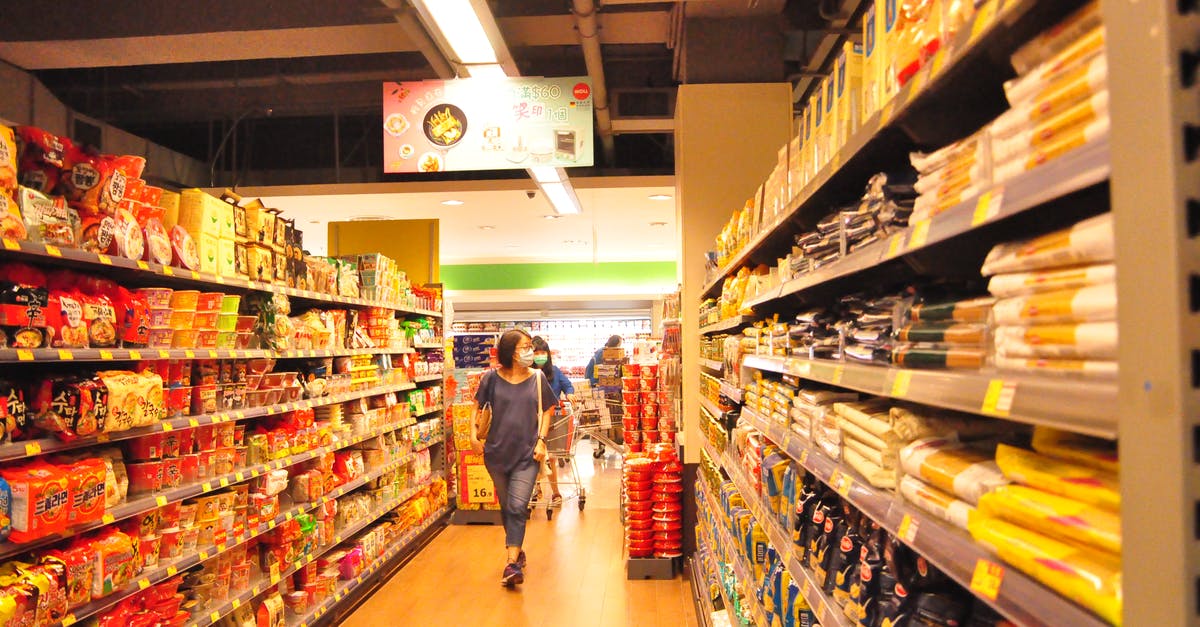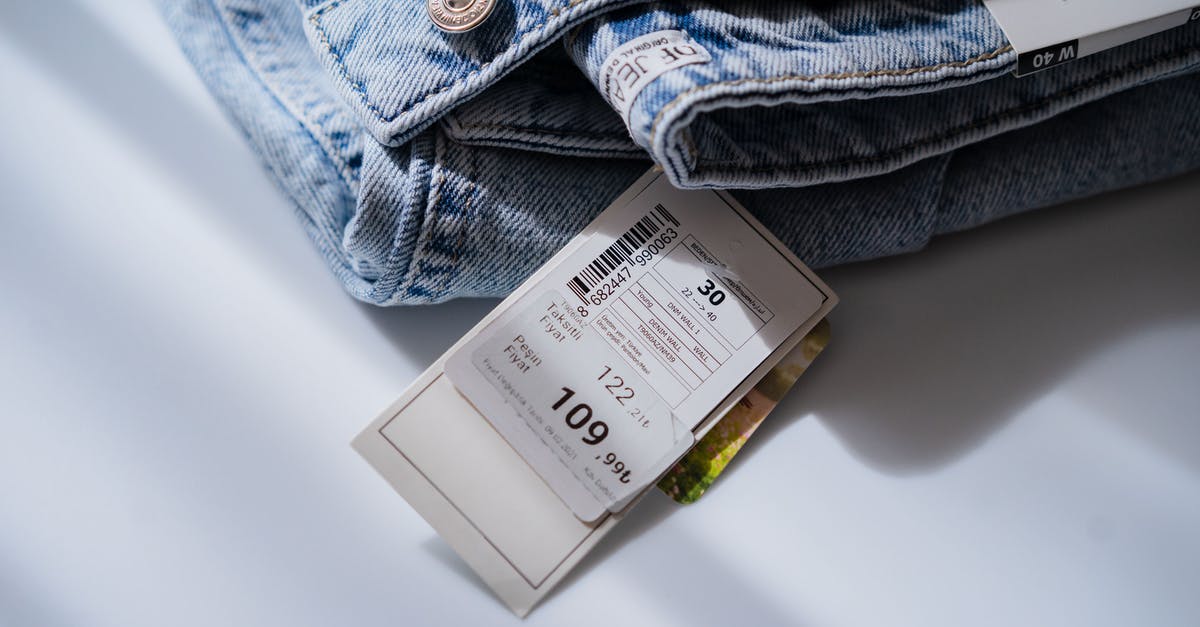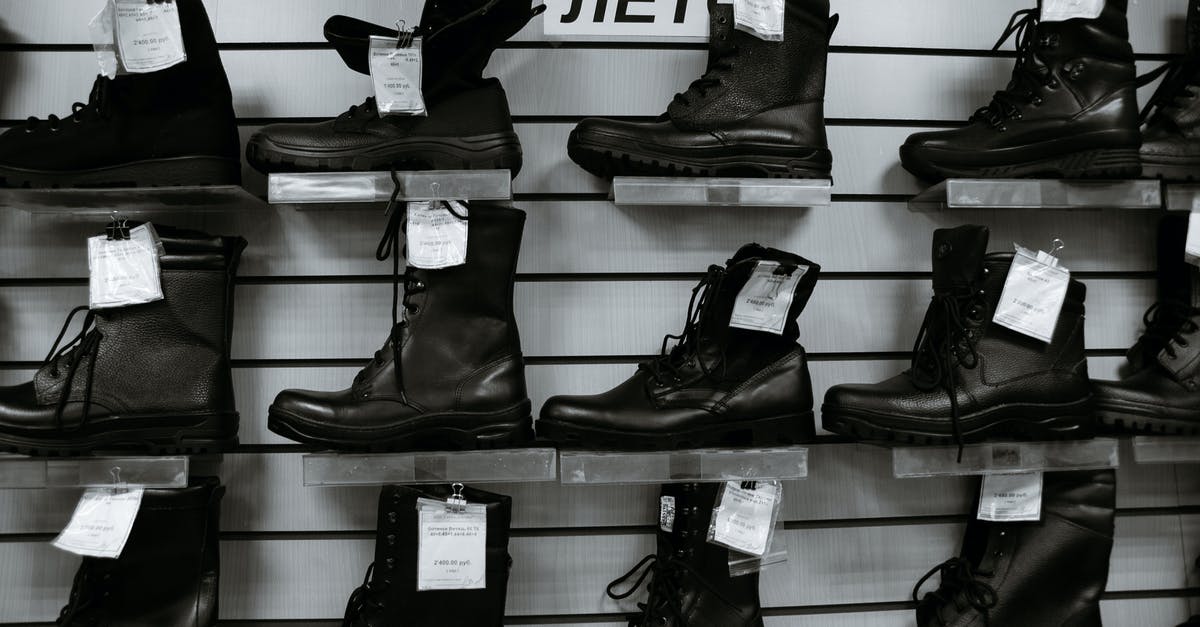How do price and quality relate in blenders?

I've seen blenders for anywhere from $20* to $2,000, and I must say, the variety of marketing-speak has my brain in a tizzy. In plain english, what are the major price levels in blenders (general ranges, obviously there's some variety in quality at each price range) and what sort of features can I expect at each level? For example, I'd not expect a $20 blender to, say, heat up soups like one famous (but more expensive) model is known for.
* I use USD, but I can convert prices easily enough
Best Answer
Like any other product, price and quality don't always relate. However, here are some notes and features to help you:
What food stuffs you can blend in your blender and expect good results, how often, and for how many years depends on the following:
Quality of the motor: When the material you're blending gets hard to blend (say oil separated peanut butter mixed with dry almonds), you can easily send the blender up in smoke. A better blender might hit its maximum-current/temperature switch, shut-down, and protect itself. An even better blender might happily blend (saw a giant one with the motor made by Harley Davidson, it didn't care what it was mixing). See the notes on power/wattage.
Speed of the blade (RPM): Cheaper blenders tend to only reach a couple of thousand rpm. The Brand you're (not)mentioning can go near 30,000rpm. At that spin-rate, frozen fruit starts looking like Gelato (smooth and shiny). In a $20 blender, they look like frozen fruit slushy with ice crystals remaining relatively large.
Wattage of Blender: Generally the higher wattage blenders are more powerful, although not in every case. This is again one of those features that leads to being able to make apple/carrot/beat juice in your blender or make a contribution to your local appliance landfill. Top Gear tried to make a Beef, Bovril and Brick smoothie with a V8 Engine.
Intended use: Commercial blenders are designed to be running practically all the time (like the ones at StarBucks), hence the $2000. The 'Prosumer' ones, might heat up if under heavy and long duration use and shut-down for a few minutes at a time. The low-ends can last you a lifetime if what you're blending is not very thick/viscus and you don't keep it running for long sessions.
Quality of the Jar, Blade, and Gears: In the low-end of blenders, the ones with glass jar might be better since they're easier to clean and don't get foggy. The high-end blender manufacturers (sort of) treat the jar as a consumable that you'll have to buy once in a couple of years. Fresh blade, and clear jar.
Pro-Tip: Sometimes it costs you an extra $250 to get the model with the adjustable speed dial. While there normally is a perfect blending speed for any given 'input', you're looking at diminishing returns since the two-speed type will blend just as well given minimally more effort.
Pictures about "How do price and quality relate in blenders?"



Quick Answer about "How do price and quality relate in blenders?"
First, you use price to help you judge quality. Chances are, a very inexpensive blender is also a low-quality blender. It may have fewer settings and be made of cheaper materials. An expensive blender is generally assumed to be a high-quality blender with lots of features and solid construction.How can you tell a good blender?
Make it a point to check the capacity of the blender jar. The jar capacity of a blender varies between 0.2L to 2L. To make your work easy, it is advisable to go for a grinder and blender with high capacity. A high capacity jar makes it easy to mix, blend and grind more food items at one go.Which brand is best for blender?
Our top picks- Best Overall Blender. E310 Explorian Blender Vitamix. ...
- Best Value Blender. K150 3 Speed Ice Crushing Blender KitchenAid. ...
- Best Blender with Personal Blending Cups. ...
- Best Personal Blender. ...
- Best Blender for Smoothies. ...
- Best Glass Blender. ...
- Best Blender with a Food Processor Attachment. ...
- Best Large-Capacity Blender.
How much does a blender cost?
You can get a plastic personal blender for as little as $20 or splurge on a multifunction, premium glass blender with Bluetooth that will cost more than $600. Higher price typically means better functionality, versatility, and performance.What is high speed blender?
A high-speed blender is like a regular blender, but stronger, faster, and heftier. \u201cBlenders range from 200 to 1400 watts, which is the reason we call the Vitamix, at 1400, a 'high powered blender,' says Robin Asbell, author of \u201c300 Best Blender Recipes: Using Your Vitamix\u201d and 10 other cookbooks.Blender Buying Guide (Interactive Video) | Consumer Reports
Sources: Stack Exchange - This article follows the attribution requirements of Stack Exchange and is licensed under CC BY-SA 3.0.
Images: Marianne Tang, Oleksandr Pidvalnyi, Plato Terentev, Pixabay
